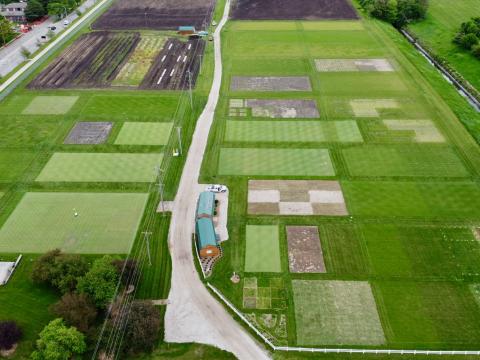
UNL Turfgrass Sciences Team provides industry-leading expertise
09/01/2022
Labor challenges are nothing new to the turfgrass industry and labor shortages have been especially hard felt over the past two years of the COVID-19 pandemic. The University of Nebraska-Lincoln Turfgrass Sciences program is not immune, and we are also facing a temporary personnel shortage. We are currently working to get back to a full roster and in the absence of a full team it has been challenging to communicate all the great things being done at the University.
Read Full Article on UNL Turfgrass Sciences Team provides industry-leading expertise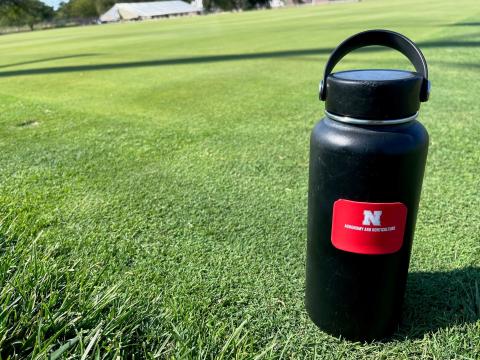
Working in the heat on turfgrass facilities
07/27/2022
Working in the heat is needed on turfgrass facilities but letting the weather cause serious harm to you and your workers is not. The following is from Centers for Disease Control and Prevention Heat-Related Illness page.
Read Full Article on Working in the heat on turfgrass facilities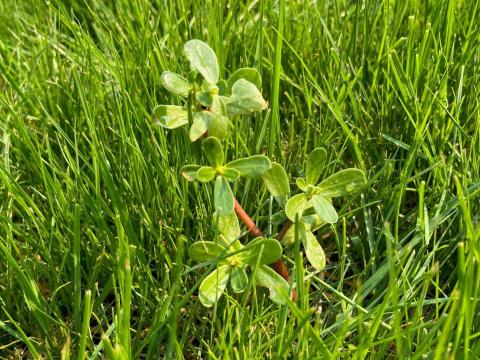
Be cautious with herbicide applications and high temperatures
07/27/2022
The projected weather outlook is predicting temperatures exceeding 90 F throughout Nebraska. Elevated temperatures slow cool season turf (Kentucky bluegrass and tall fescue) growth, especially when combined with low precipitation. Warm season grasses like zoysia and buffalograss increase growth potential during high temperatures. Summer annual grassy weeds like crabgrass, goosegrass and foxtail and the obstinate perennial weed, yellow nutsedge outgrow, and may sometimes dominate, cool season turfs during the summer months.
Read Full Article on Be cautious with herbicide applications and high temperatures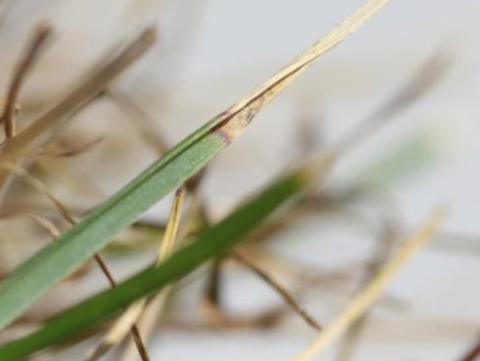
Ascochyta leaf blight
06/29/2022
Most resources indicate that Ascochyta leaf blight is a minor disease because injury is usually temporary, and does not result in turf loss. Kentucky bluegrass is most commonly affected, but infection of other cool-season grasses is also possible. Outbreaks of this disease have been common as far west as central Nebraska this year.
Read Full Article on Ascochyta leaf blight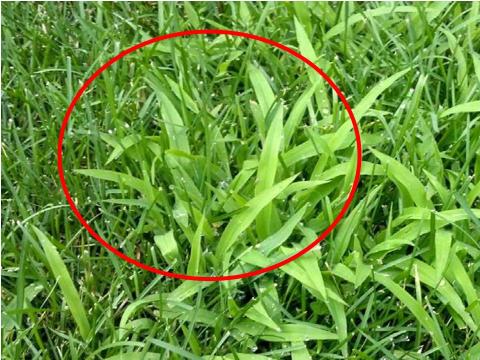
Mid-season crabgrass management and control
07/27/2022
This time of year, especially in turf thinned by drought, disease, traffic or other afflictions, crabgrass and other summer annuals may pop up, even if the turf was treated with an effective preemergence product. No product is 100% effective even when applied correctly “Escapes” may occur for a number of reasons including misapplication. Regardless of the reason or type of turf area, older and larger crabgrass is much more difficult to control than younger plants, making mid-season the optimal time to control crabgrass post emergence.
Read Full Article on Mid-season crabgrass management and control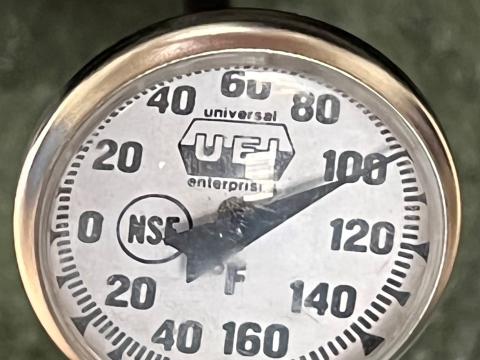
High temps are hard on cool-season grasses
07/06/2022
I just returned from a trip to the Pacific Northwest where it was a cool 70F. To get caught up on field research, I headed straight to the field where the heat index was 104F. I’ll share the mysteries and importance of temperature acclimation in a future article, but I was not adjusted to those temperatures. The heat and humidity are just as stressful to the turf we manage. The following was adapted from a Turf iNfo prepared by former UNL professor Zac Reicher.
Read Full Article on High temps are hard on cool-season grasses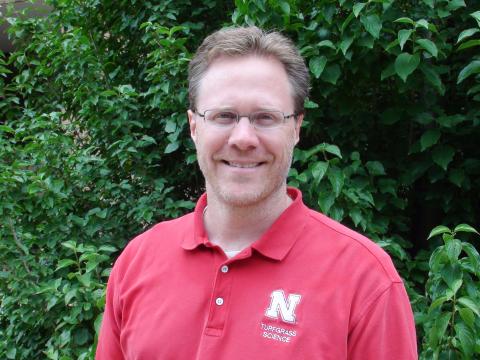
Amundsen promoted to full professor
06/29/2022
Dr. Keenan Loder Amundsen is an important member of our turfgrass sciences team and is being promoted to full professor in August 2022. Keenan joined the University of Nebraska-Lincoln Turfgrass Sciences team as a Turfgrass Geneticist in 2011. Interviewing in January of that same year, the John Seaton Anderson Turfgrass Research Facility near Mead was under several inches of snow, and he couldn’t see the turfgrass germplasm that he’d soon be studying. Keenan and his family moved to Lincoln in May to start his career as an Assistant Professor of Turfgrass Genetics.
Read Full Article on Amundsen promoted to full professor